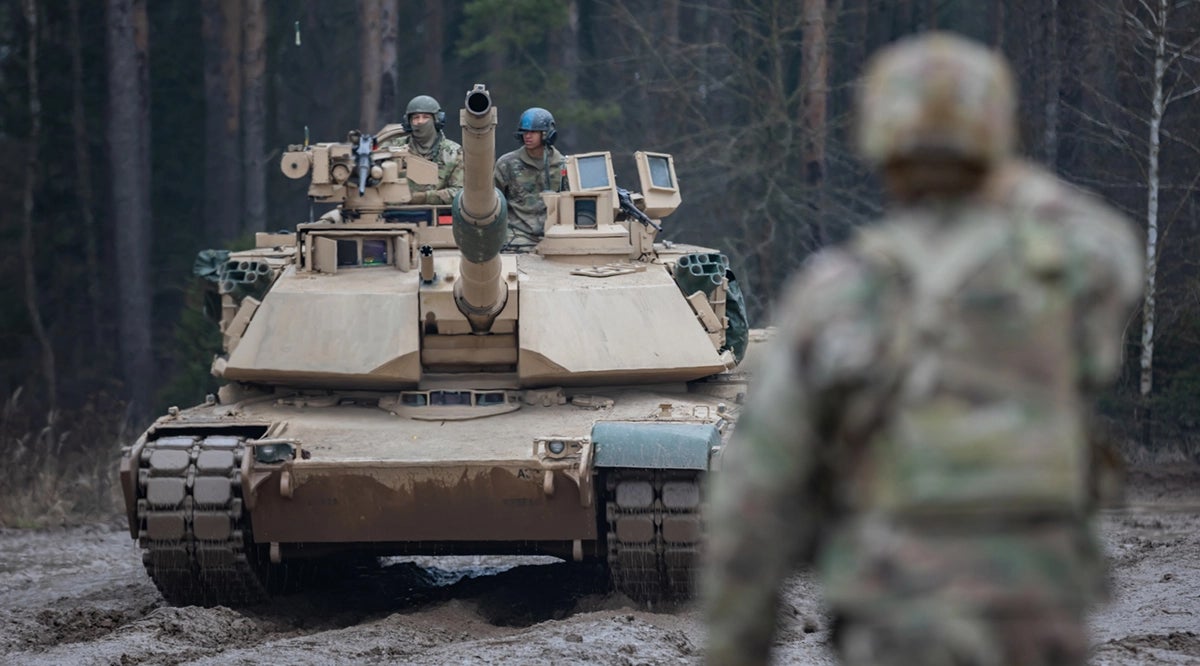Deterring China is Vital Army Mission
Deterring China is Vital Army Mission

The U.S. Army and the capabilities it brings to the fight are critical to deterring China, according to a new Landpower Essay published by the Association of the U.S. Army.
“More advanced military capabilities, particularly in the air and maritime domains, are essential to deterring the People’s Republic of China, but implementing or operationalizing the National Defense Strategy (NDS) in the Indo-Pacific fundamentally requires landpower to practically integrate joint and combined military operations,” write Gen. Charles Flynn, commander of U.S. Army Pacific, and Maj. Tim Devine, an Army strategist assigned to Army Pacific.
In their paper titled “Implementing the Strategy to Deter China Hinges on Landpower,” Flynn and Devine describe the Indo-Pacific as the “biggest and most complex operating environment on Earth, including not only the world’s largest maritime expanse but also the bulk of the Asian continent, the Australian continent and 300,000 square miles of Pacific Island landmasses.”
The region also is home to some of the world’s largest armies, including the Indian Army, the People’s Liberation Army and the Korean People’s Army Ground Force, Flynn and Devine write.
However, the Army faces “persistent challenges” when describing its value in the Indo-Pacific because the region is considered “predominantly an air and maritime theater,” they write.
The Army “has long provided foundational capabilities that underpin unity of effort among all military services—which is a cornerstone of conventional deterrence,” their paper says. That work continues today, with three signature Army efforts to help DoD deter China and build enduring advantage, their paper says.
First is the Joint Pacific Multinational Readiness Center, the Army’s newest regional combat training center with campuses in Hawaii and Alaska and an exportable package that can be deployed to a host nation. “Now in its third year, JPMRC involves complex, high-end collective training in live, virtual and constructive environments in both tropical and arctic climates,” the paper says. “Month-long training rotations offer ideal laboratories not only for integrating joint and multi-national training at scale, but also for experimenting and testing new technologies with real units in an active theater of operations.”
The second initiative is Operation Pathways, which links the Army and the joint force’s well-established bilateral and multilateral exercises. “Operation Pathways is the predominant way that the joint force strengthens interoperability with allies and partners, builds joint readiness and denies key terrain to the [People’s Republic of China] by projecting combat-credible forces west of the International Date Line—in places like the Philippines, India, Japan, Thailand and Australia—for extended periods of time,” the paper says.
Finally, the Army is building joint interior lines in the region to provide the U.S. military with the “positional advantage to project and mass combat power along multiples lines of approach from distributed locations,” Flynn and Devine write. “Soldiers are gaining footholds in forward areas where the United States requires enduring presence but where the military lacks permanent basing,” they write.
The United States manages a complex framework of bilateral and multilateral security relationships against several threats in the Indo-Pacific, with China chief among them, Flynn and Devine write.
“Based on the urgency to implement the [National Defense Strategy], now is the time to leverage the Army—landpower—in the priority theater to allow the joint force, together with our allies and partners, to deter one of the most serious threats that the U.S. military, the region and our nation has ever faced,” they write.
Read the paper here.
The challenges confronting the Army in the Indo-Pacific will be among the topics discussed May 16–18 at AUSA’s LANPAC Symposium and Exposition. The theme for this year’s event at the Sheraton Waikiki in Honolulu is “Emerging Changes to Warfare.”
For more information or to register, click here.

